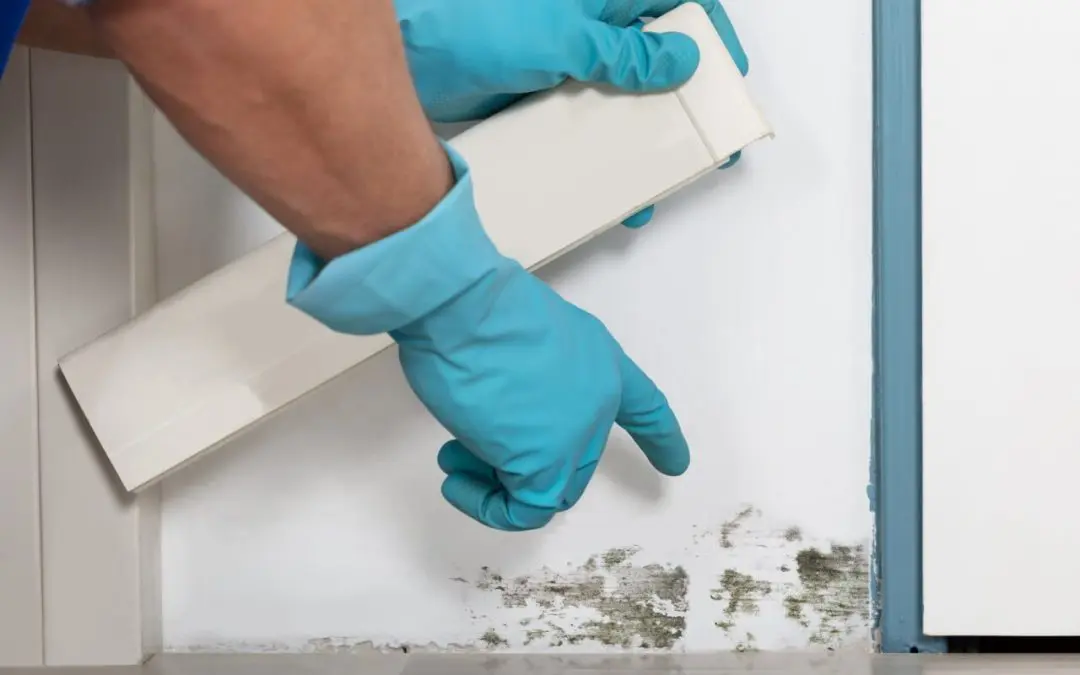Your home doesn’t have to flood for mold to take over your house. It often starts with the small stuff—normal routines that quietly add moisture to the air and surfaces around you. Over time, those habits create ideal conditions for mold growth in your home. Once it starts, it spreads quickly; usually before you even notice. Here’s how everyday actions could be making the problem worse without you realizing it.
How Poor Ventilation Fuels Mold Growth in Your Home
Leaving windows shut all day and skipping exhaust fans traps moisture indoors. Mold thrives in stale, humid air, especially in spots where circulation is limited. Bathrooms, kitchens, and laundry rooms are common trouble zones, but any area with limited airflow can become a problem. If air can’t move, moisture lingers—and mold shows up not long after.
Opening windows, using fans, and keeping vents clear all help prevent heavy, damp air from settling in. Even short bursts of airflow during and after activities like cooking or showering can make a difference.
Mold Growth in Your Home Often Starts With Wet Laundry
Leaving damp clothes in the washer, piling wet towels in the corner, or drying clothes indoors without ventilation can all raise humidity levels fast. That moisture doesn’t just stay in the fabric—it spreads to nearby walls, floors, and furniture. Before long, that lingering dampness creates an ideal breeding ground for mold.
If you can’t dry clothes outside, use a well-ventilated area and keep windows cracked. Avoid leaving laundry to sit for hours, especially in closed rooms or humid conditions.
Skipping the Fan After Hot Showers Adds Up
That cloud of steam after a long shower doesn’t go away on its own. If the fan’s not on—or not left running long enough—that moisture settles into walls, ceilings, tile grout, and paint. Bathrooms without proper ventilation are one of the most common places for mold to start, and small daily routines like this are often to blame.
Let the fan run for at least 20 minutes after each shower, or crack a window if your bathroom doesn’t have one. If the mirror stays fogged for more than a few minutes, the room’s holding onto too much moisture.
Cooking Without Ventilation Creates Hidden Moisture Problems
Simmering pots, boiling water, and dishwashers all push moisture into the air. Without a range hood or open window to pull it out, that moisture collects on cabinets, walls, and ceilings—especially around corners and behind appliances. Over time, this kind of buildup leads to mold in spots you don’t regularly check.
Run the fan every time you cook and wipe down nearby surfaces if they feel damp. Small actions like this help prevent the kind of slow, unnoticed moisture that mold loves.
Inconsistent HVAC Use Can Backfire
Shutting off your HVAC system completely during mild weather might seem like a way to save money, but it can encourage mold growth. Without steady air movement and temperature regulation, humidity builds up—especially in corners, closets, and other enclosed areas.
Even running the system occasionally or keeping fans on can help keep air moving and moisture under control.
Mold doesn’t always come from obvious sources. Most of the time, it grows because of simple routines that create the right environment. Small adjustments can stop it before it starts.
Advocate Property Inspections offers professional home inspection services to Maryland homeowners and homebuyers. Contact us to request an inspection today.

